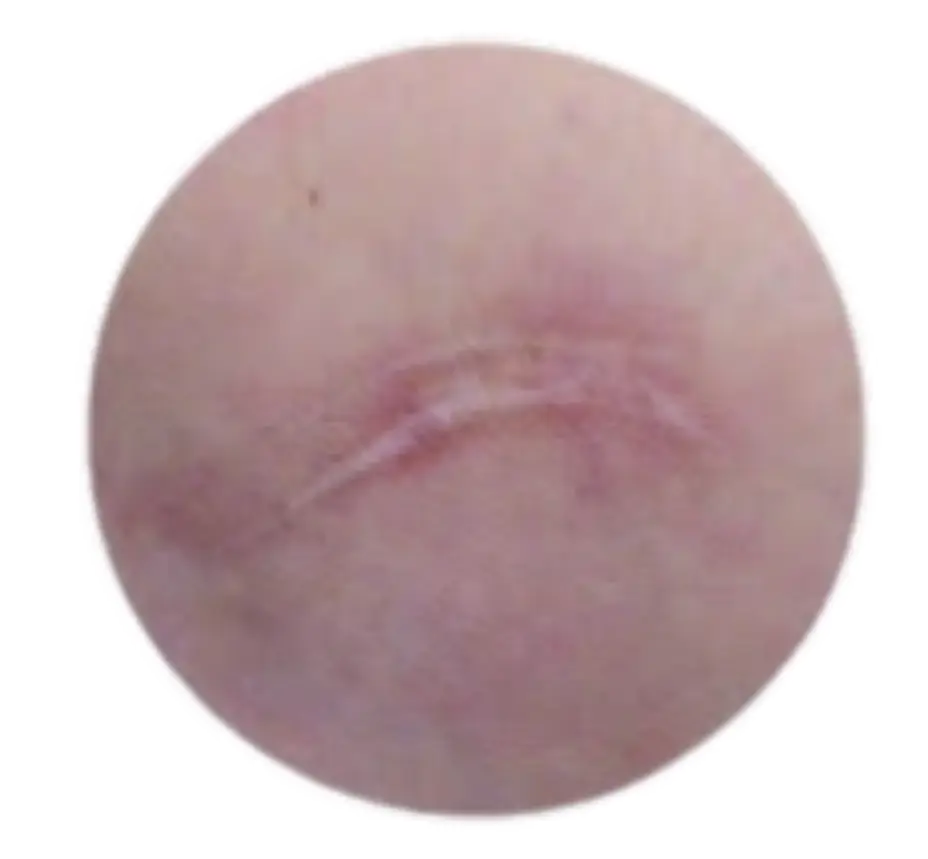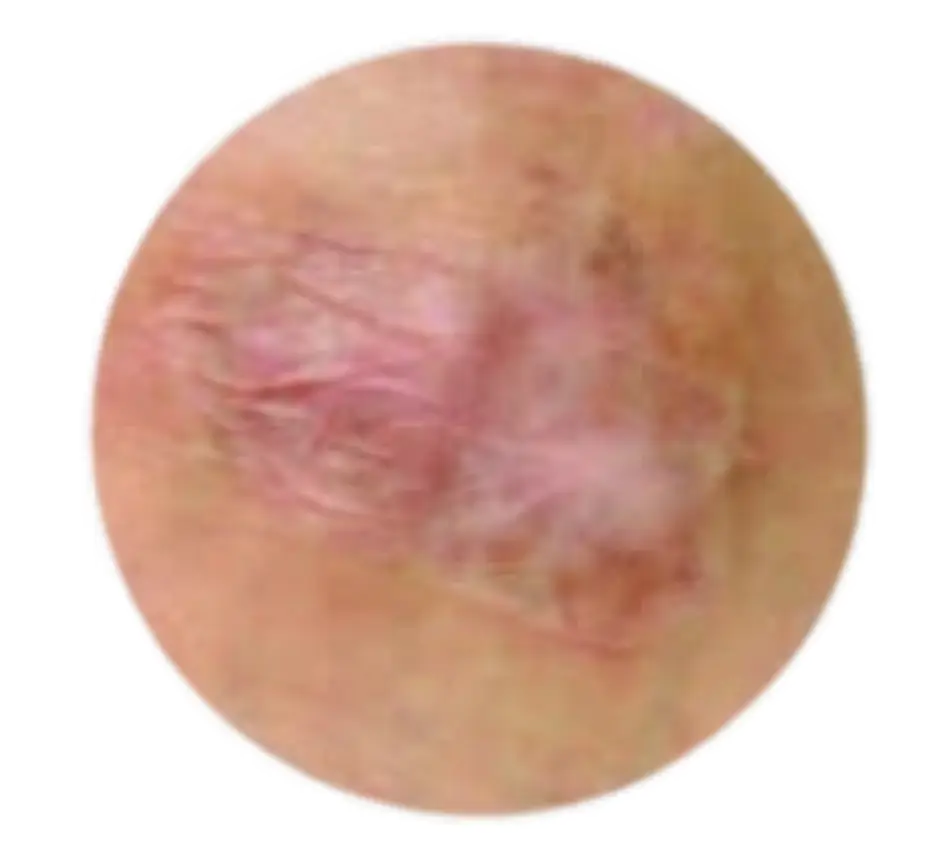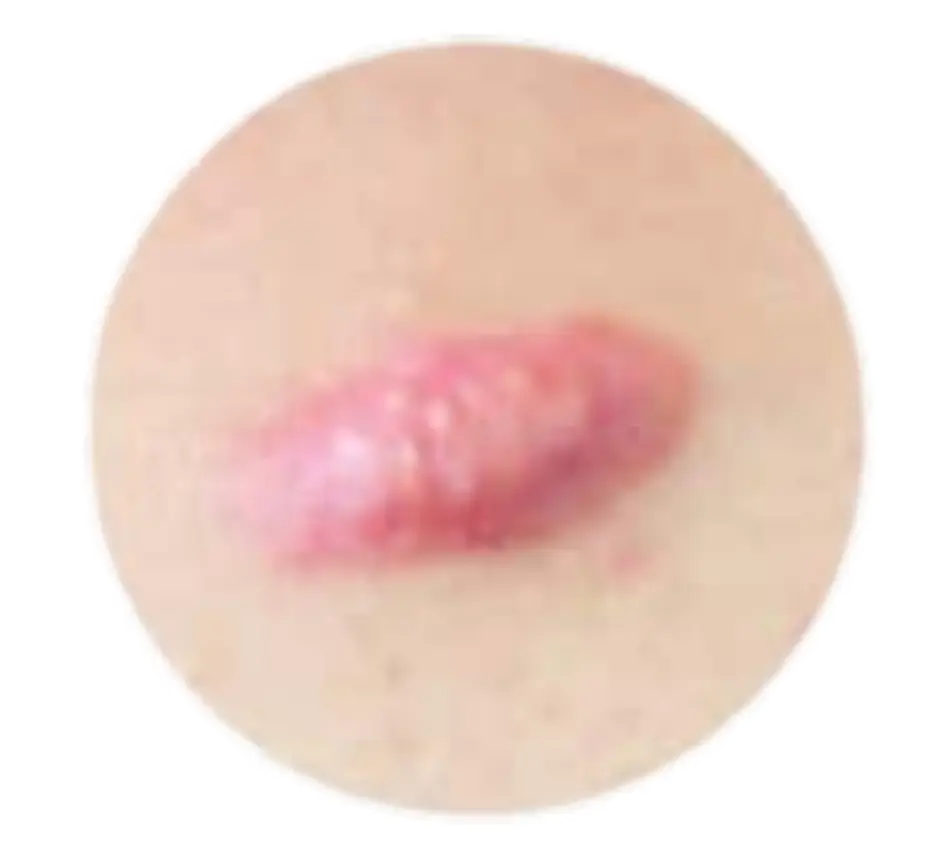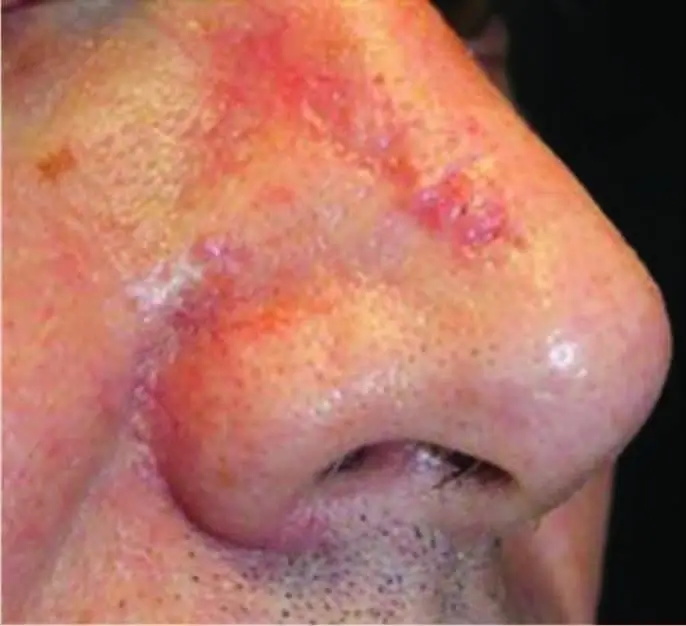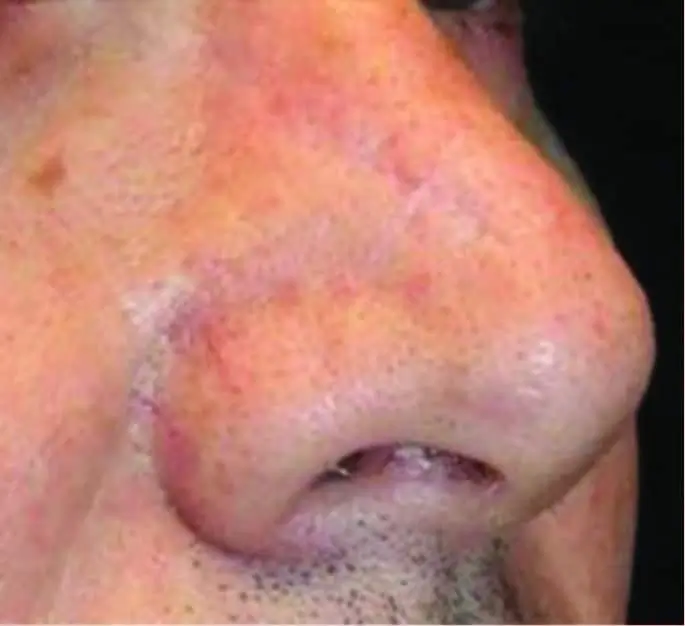In the developed world, 100 million patients acquire scars each year, caused by 55 million elective operations and 25 million operations after trauma. It is estimated that there are 11 million keloid scars and four million burn scars, with 70% occurring in children.

